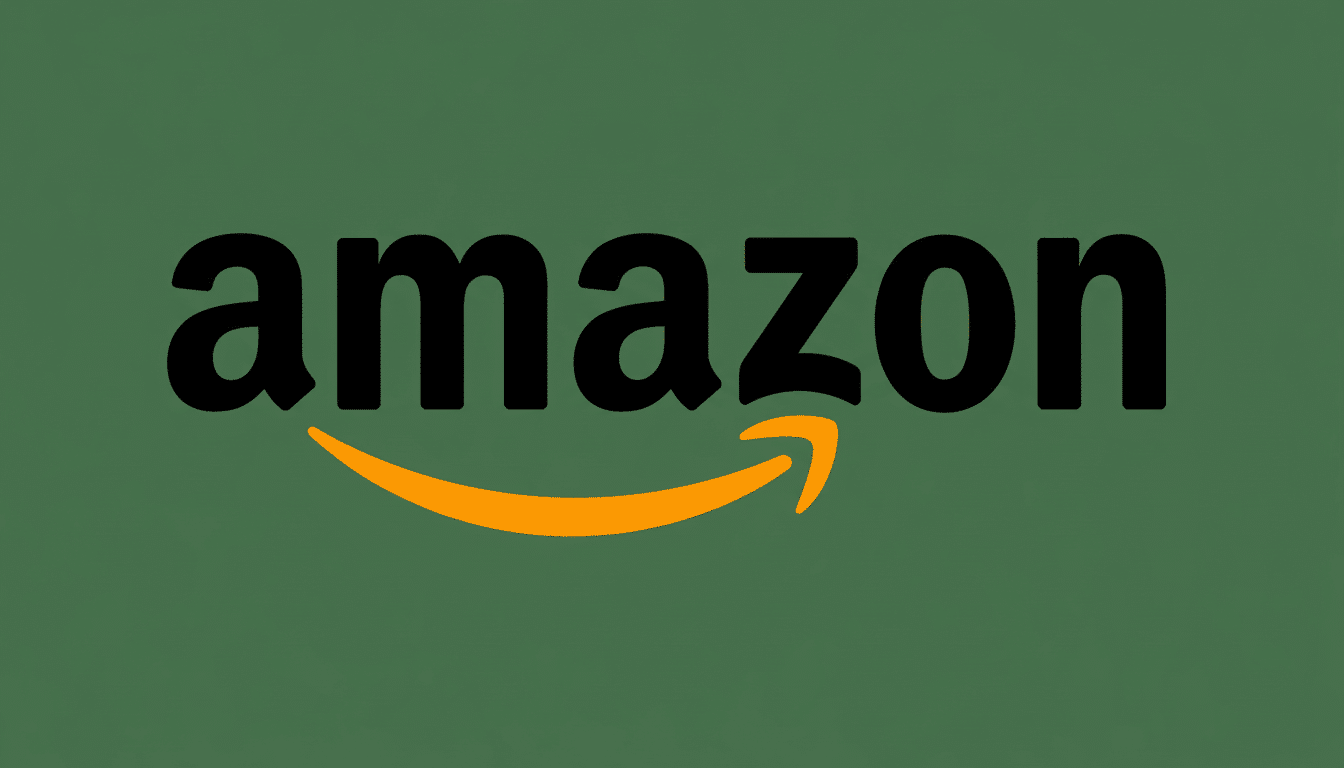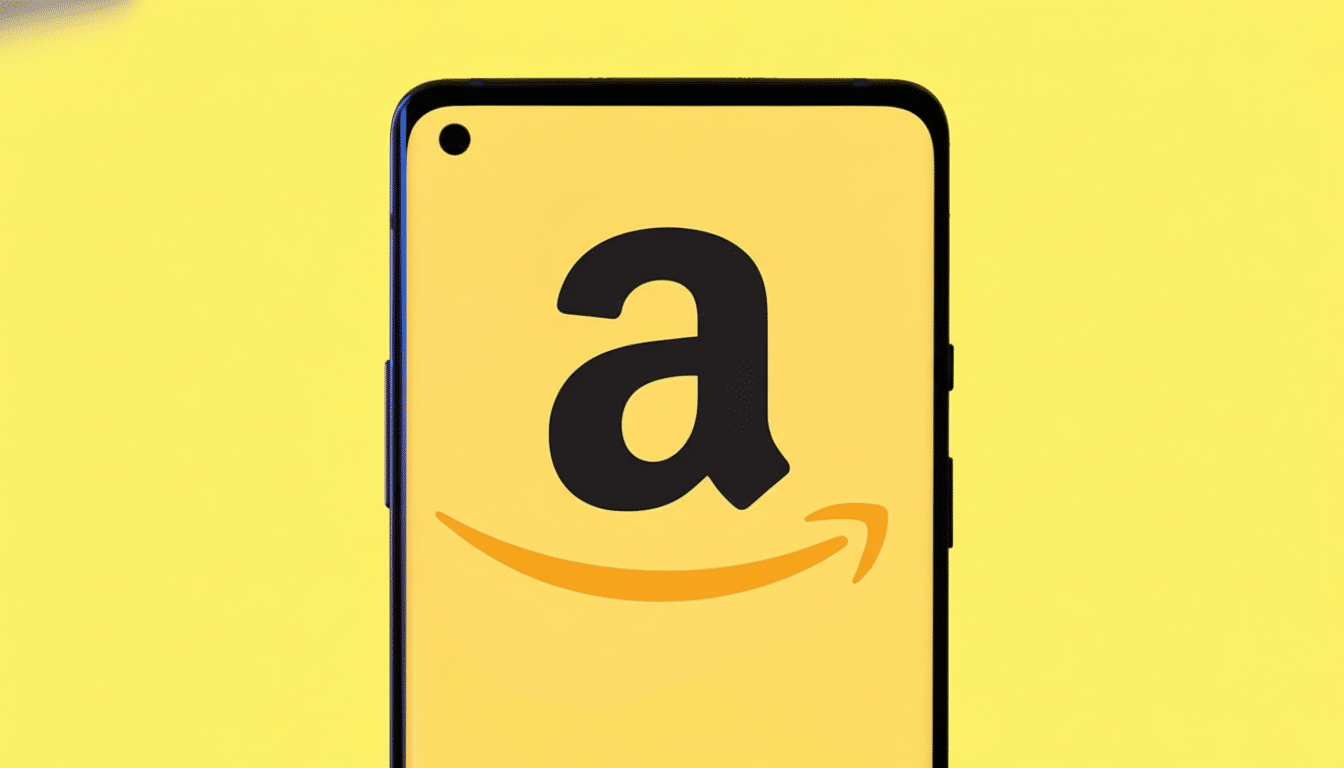One Medical, an Amazon company, announced a pay-per-visit virtual care option for children ages 2 to 11 that offers message-based consults for $29 and video visits for $49. The service is not insurance and does not require a One Medical membership, making it a rapid, transparent alternative for routine pediatric complaints that don’t warrant an urgent care visit.
While the service is built around common problems such as pink eye, lice and a variety of skin conditions — including eczema, bug bites, contact dermatitis and fungal rashes — it also facilitates renewals for EpiPen and asthma medications. Company clinicians stress that it enhances rather than supplants a family’s relationship with their pediatrician, filling in the “in-between times” when urgent advice can matter.

How Amazon’s pay-per-visit kids virtual care works
The new model provides two modes of care. Messaging-based visits are asynchronous, in which parents send their history, photos of the affected patient and videos for review — so-called “store-and-forward” that is well-suited for dermatologic complaints or minor eye conditions. Video visits provide live assessment, and clinicians can direct a short examination over the camera to see if in-person care is necessary.
Providers are required to be licensed in the state where the child is located, and a parent or guardian’s permission is needed for anyone underage. Conditions that need a physical exam or testing — such as suspected ear infections, strep throat or troubled breathing — are usually directed toward in-person care, following guidance from the American Academy of Pediatrics, which holds that “telemedicine is best when accompanied by virtual escalations to more traditional methods” when a physical exam is necessary.
Pricing and access for One Medical’s kids virtual care
Posting flat fees upfront and decoupling from insurance, Amazon is selling predictability to families frustrated by high deductibles or the need for after-hours access to a pediatric office. FAIR Health’s reports put average out-of-pocket urgent care visits much above the $29–$49 range, per insurance adjustments (source), showing cost spread for easy things you’ll just have to get done.
The pediatric launch extends the same layer of convenience to families that Amazon now offers its adult customers with pay-per-visit provisions introduced earlier. It also looks at a vexing access issue: national physician appointment surveys have found waits of weeks for appointments in numerous markets, and those from health policy groups like KFF show that people continue to prefer telehealth when it comes to low-acuity needs.
Market context and Amazon’s broader health strategy
The move comes as a number of other retailers pull back from brick-and-mortar care. CVS has closed over a thousand stores in recent years, Walgreens hundreds, and Rite Aid has left its remaining store locations, highlighting the financial and operational pressures on in-person pharmacy and clinic footprints. Against that backdrop, Amazon is doubling down on a hybrid model that combines virtual services with focused physical resources.
Amazon’s push into healthcare has ramped up since its $750 million purchase of PillPack in 2018, the debut that same year of Amazon Pharmacy and the company’s acquisition of One Medical for $3.9 billion in 2022. Most recently, the company rolled out prescription vending machines at a handful of One Medical clinics in Los Angeles where patients can pick up their asthma inhalers or antibiotics — another telltale sign that virtual, pharmacy and clinic touch points are being architected to operate in harmony.

Clinical guardrails, safety practices and privacy
And pediatric telehealth comes with its own set of safety and regulatory challenges. A lot of what gets seen in children can be dealt with remotely, but antibiotic stewardship and exam limitations do tend to keep some things top of mind: ears are one example where diagnosing otitis media reliably may well take an otoscope, and for strep you generally need a quick test. Public health agencies like the CDC continue to emphasize the need for judicious use of antibiotics that virtual EC bulletins must mirror, with thoughtful case triage and follow-up.
Privacy-wise, children’s health data is subject to HIPAA protections, but because the service will cater to users under 13, platforms also need to comply with obligations under the Children’s Online Privacy Protection Act. Transparent parental consent flows, data minimization and secure messaging are now table stakes for virtual care providers serving kids, and parents will seek clear policies outlining how information is used and shared.
What to watch as Amazon scales pediatric virtual care
Key questions include how quickly the service scales in each state, whether Amazon chooses to pursue insurance coverage options beyond cash pricing, and how well visit summaries fit with a child’s primary pediatrician to ensure continuity of care. Another area to keep an eye on is fulfillment: merging a virtual consult with swift pharmacy pickup or delivery could help compress the time from symptom onset to treatment in ways that traditional models are challenged to replicate.
The offering may siphon off some after-hours volume for pediatricians while also curtailing growth in non-urgent office visits.
The balance will be contingent upon referral, data sharing and clinical issues, including resolution rates and return visits.
For parents, the value proposition is easier still: quick answers at a flat price when everyday ailments flare up. It’s the combination of that clarity, alongside Amazon’s logistics footprint and One Medical’s network of clinical locations, that makes this a noteworthy entrant into an increasingly crowded market for telehealth services.

